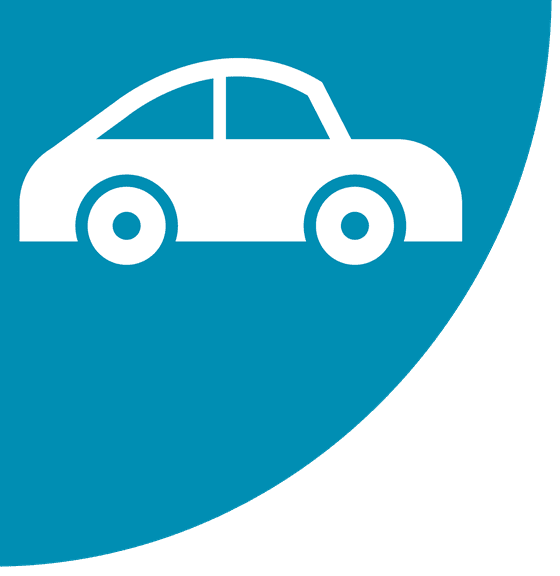NEWSWATCH
RESPIRATORY PROTECTION

Report Examines Exposure to Isocyanate Paint in Motor Vehicle Repair Workers
Researchers from the U.K.’s Health and Safety Executive (HSE) recently addressed the “common poor workplace practice” within the motor vehicle repair trade of isocyanate paint sprayers lifting up their air-fed visors (AFV) immediately after spraying to check the quality of the paint finish. HSE researchers performed a series of tests to determine the potential increase in exposure during this practice and to learn whether any degree of residual protection remains when workers lift their visors. The tests, which were conducted using both a breathing simulator and test subjects, showed an approximate 15-fold increase in exposure when a visor is lifted in a contaminated environment. Researchers related the increase in exposure to the assigned protection factor of 40 for an air-fed visor when used correctly.
HSE’s report notes that increased wearer exposure is not limited to the duration of the visor lift. Researchers found that it takes an average of 15 seconds from when the visor is replaced for the level of protection it provides to recover to 80 percent of the level prior to the lift. A short video developed by HSE illustrates the effect of a visor lift following paint spraying.
HSE researchers also explored engineering solutions that could improve residual protection during a visor lift. For more information, read the full report.
thesynergist | TOC | NEWSWATCH | DEPARTMENTS | COMMUNITY

